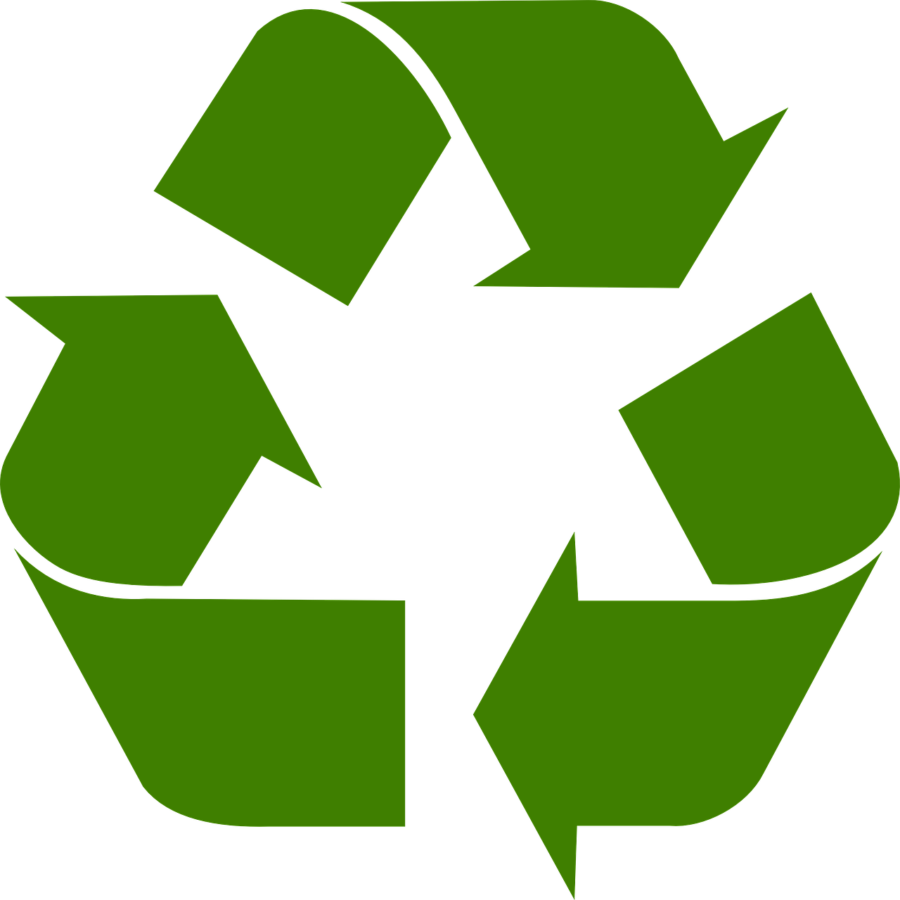Teaching Them Young
Image by Clker-Free-Vector-Images from Pixabay
April 26, 2021
Every year, more than 11 million tons of recyclable materials end up in landfills. Americans today do not recycle as much as they should because they are not up to date with all the objects that can be recycled. This leads to a recycling rate of 34.5%. Many Americans do not know how and when to recycle certain items so a majority of items that could be reused or composted end up in landfills that harm the environment. However, people can help the environment by making a change in their recycling habits, and it starts in school.
When in school, children learn the life habits that they will carry with them into adulthood. Because children are very molded and influenced by teachers and their surroundings, schools should encourage recycling and show children how to do it. Many recycling rules are confusing, and they seem to be time taxing, but if schools showed them how to, it wouldn’t be so difficult. As of now about 75-100% of schools have a recycling program, but those schools rarely enforce their programs. About 40% of the 75-100% can state that they enforce their recycling programs. This is due to the fact that recycling may take more time, money, and effort. However, it does not have to be that way. If schools were to teach children how to recycle correctly and efficiently, recycling would have a much higher success rate in schools. The habits that schools create for children, will help them later in adulthood, and it will help the environment.
Recently, many people became aware that plastic straws are dangerous to wildlife due to its inability to be recycled. Many believed that plastic straws could be recycled because they are similar to plastic cups, but due to its many other ingredients, they are unrecyclable so they end up in landfills or in oceans. To protect wildlife and the environment schools could educate children what types of material are recyclable and when to recycle them. Schools could inform students that paper materials, glass products, plastic bottles, and metal containers such as cans can be recycled curbside, but many do not know used paper products (paper towels, pizza boxes, etc) and film plastics (bubble wrapper, plastic bags, etc) can not be recycled by the garbage company. Specialty items such as film plastics need to be taken to a certain area to be recycled. Because there are so many rules to recycling, and it will help everyone overall, schools should educate children on what to recycle and where to recycle them.
Sources
Bradley, Athena. “The Importance of School Recycling.” Northeast Recycling Council, 2012, nerc.org/nerc-blog/2012/06/05/importance-of-school-recycling/#:~:text=Waste%20reduction%20and%20reuse%20can,substantial%20cost%20savings%20for%20schools.&text=When%20schools%20recycle%20they%20help,help%20to%20create%20local%20jobs.. Accessed 25 Apr. 2021.
Brucker, Drew. “50 Recycling & Trash Statistics That Will Make You Think Twice about Your Trash.” Rubicon: Software Platform Offering Smart Waste and Recycling Solutions, 14 Nov. 2018, www.rubicon.com/blog/statistics-trash-recycling/#:~:text=Over%2011%20million%20tons%20of,way%20into%20landfills%20each%20year.. Accessed 25 Apr. 2021.
McCulloch, Nick. “What Can I Recycle: A Guide to What Makes Something Recyclable.” Rubicon: Software Platform Offering Smart Waste and Recycling Solutions, 3 Sept. 2019, www.rubicon.com/blog/what-can-be-recycled/. Accessed 26 Apr. 2021.
Nestor, Michele. “What Are School Recycling Programs Teaching Our Kids?” Waste360, 7 May 2015, www.waste360.com/business/what-are-school-recycling-programs-teaching-our-kids. Accessed 26 Apr. 2021.





